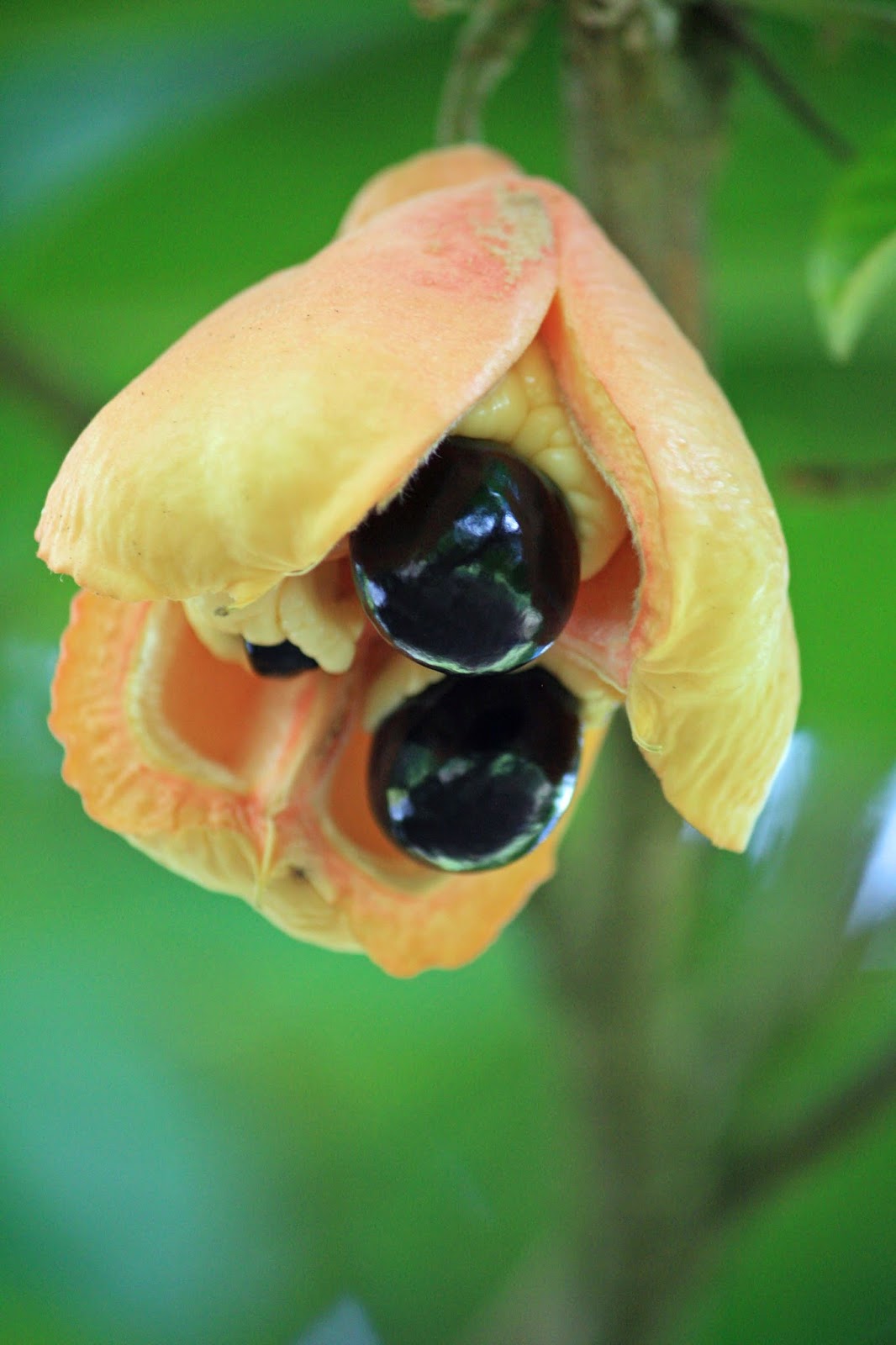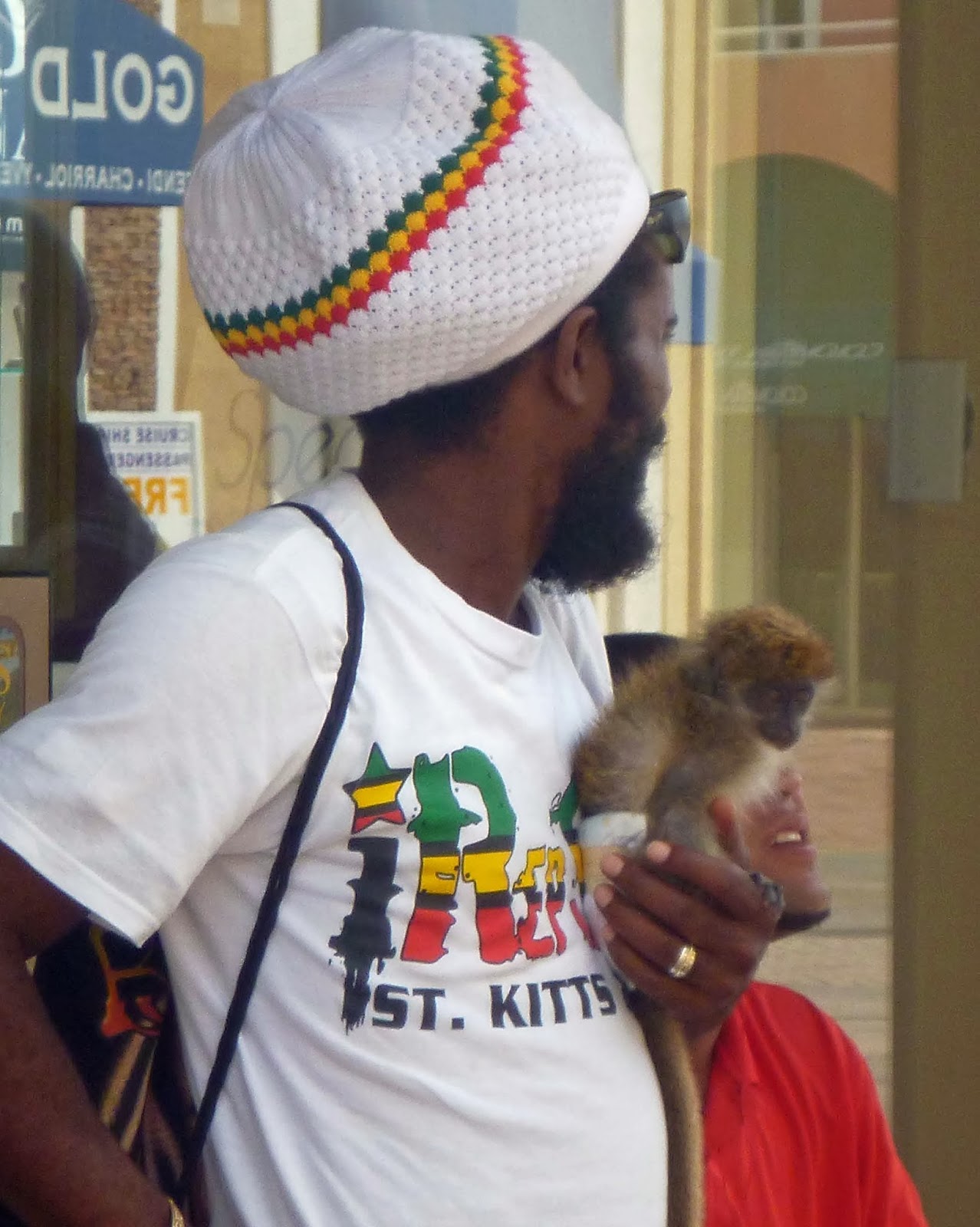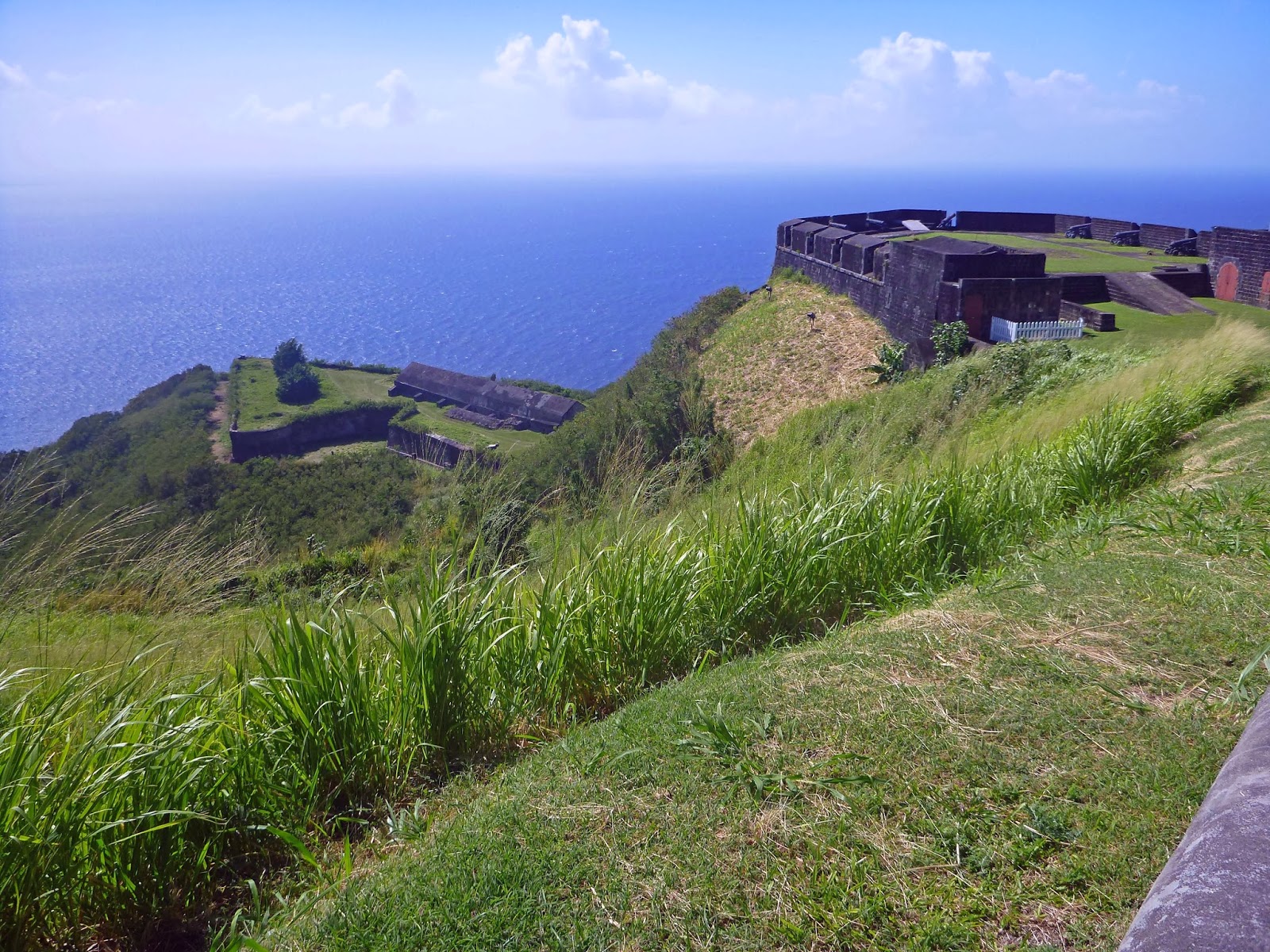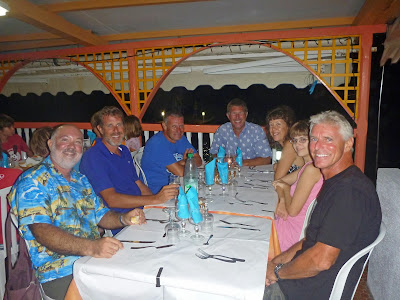Normal
0
false
false
false
EN-US
X-NONE
X-NONE
/* Style Definitions */
table.MsoNormalTable
{mso-style-name:”Table Normal”;
mso-tstyle-rowband-size:0;
mso-tstyle-colband-size:0;
mso-style-noshow:yes;
mso-style-priority:99;
mso-style-parent:””;
mso-padding-alt:0in 5.4pt 0in 5.4pt;
mso-para-margin-top:auto;
mso-para-margin-right:0in;
mso-para-margin-bottom:auto;
mso-para-margin-left:0in;
mso-pagination:widow-orphan;
font-size:11.0pt;
font-family:”Calibri”,”sans-serif”;
mso-ascii-font-family:Calibri;
mso-ascii-theme-font:minor-latin;
mso-hansi-font-family:Calibri;
mso-hansi-theme-font:minor-latin;}
Nevis and St Kitts were nice for us since both are less traveled than many of the Caribbean islands. We had a downwind run from Antigua and
settled in just off the Four Seasons hotel.
We lowered the dink and were soon checked in for a week of cruising
Nevis before hopping over to St Kitts.
Apparently, we were expected to check in again with them when we
arrived. There were also several beach bars on the white sand beach we were in front of. We enjoyed a few meals ashore and admired the huge lobsters.


Just up the road, we found a two-story
Georgian style building that was the birthplace of Alexander Hamilton, who was
born in Nevis in 1757. This is the same guy that was one of the founding
fathers of America, our first secretary of the Treasury, and whose face still
adorns our $10.00 bill. He only lived on
the island until the age of nine, and then moved to St. Croix with his mother.
Later in his life, he helped draft the U.S. Constitution and was the first
secretary of the Treasury. He was an out spoken advocate of the emancipation of
slavery. The building today, known as Hamilton House, houses one of the
island’s two museums on the first floor. The second floor is the meeting room
for the Nevis House of Assembly. The lovely stone building was built around
1680, but was destroyed in an earthquake in 1840, and then restored in 1983.
Its historic value coupled with its beautiful setting on Charlestown harbor
overlooking St. Kitts in the distance makes it an island treasure and a
delightful place to spend an afternoon.

Our
second day in Nevis we took a short hike south of town to find the Bath Hotel and Spring House.
Built
in 1778, the Bath Hotel was once a playground for the rich and famous who came
to Nevis to take in the therapeutic, hot spring baths. Guests would come by
ship from throughout the West Indies and Europe for this pleasurable
experience.
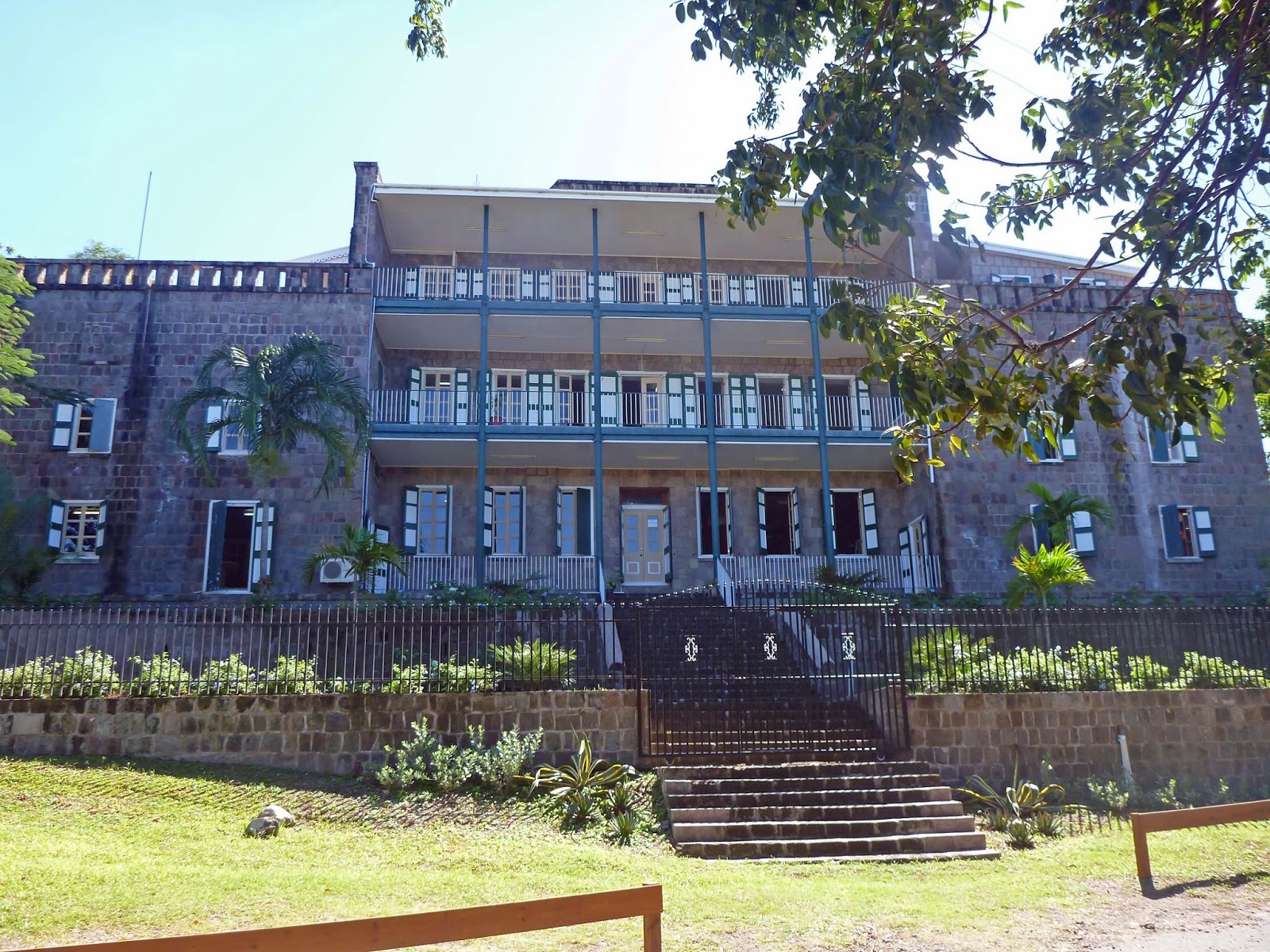
John Huggins, a merchant and aristocrat built the large, stone hotel at a cost
of 43,000 “island” pounds, and surrounded it with lush landscaping,
statuary, and goldfish ponds. The hotel was 200 feet long and 60 feet
wide.
Dignitaries such as Lord Nelson, Samuel Taylor Coleridge, and Prince William
Henry, who was the Duke of Clarence, visited the hotel in its heyday.
Within
the compound of the Bath Hotel is the Spring House, a two story masonry
structure which was constructed from local hand cut stones. This building sits
on the bank of the Bath Stream. The facility comprises of five thermal
baths whose source of water springs from the base of the house. The spring
water is reputed to contain minerals of medicinal value and is known to have
cured chronic rheumatism and gout. Its water temperature ranges from 104F to
108F hence the reason why the Spring House was used significantly by visitors
and locals alike. All three of us eased into the very warm water and could only
stay in it for about 10 to 15 minutes before getting out to cool off. There was no sulfur smell and it was quite
nice soaking and talking with the one or two other visitors that had also come
for a dip.
We met a cab driver at the springs
and cut a deal to visit the Botanical Gardens of Nevis on the next day. Nevis is fortunate
that is has so many exceptional attractions, and the Botanical Gardens is one
of the best of them. The site is about eight acres, reasonably high up in
Montpelier Estates, and it has lovely views down to the sea in the distance.
The gardens are already mature and very well laid out, with fountains and
sculptures of monkeys, birds and so on, and an impressive collection of Asian
sculptures scattered throughout.
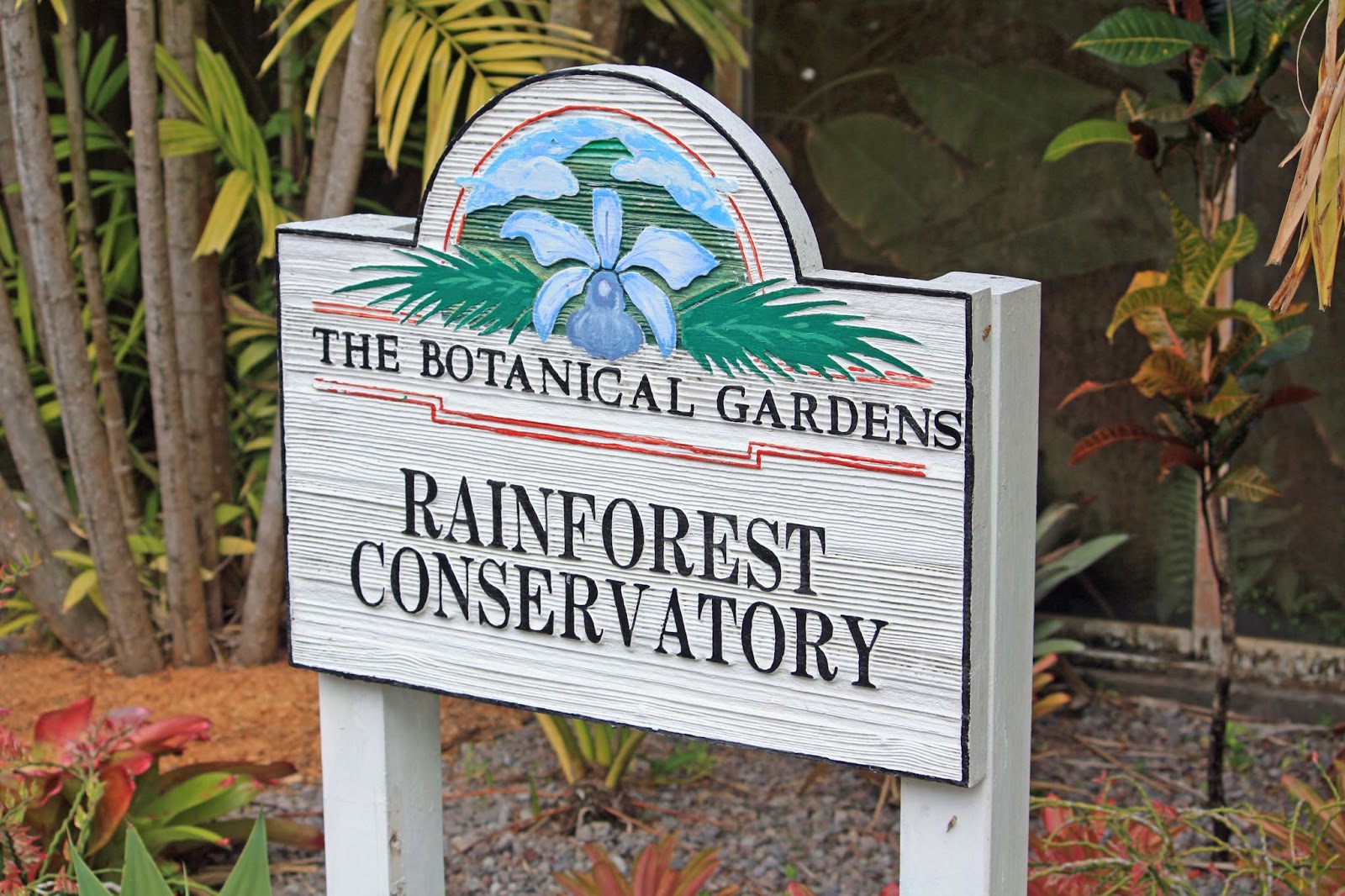

This
cleverly designed place is very charming and interesting to walk through,
and is divided into many sections, each one of which has its own character,
including an Events Garden with fountains and vines which is often used for
weddings, shady orchid terraces with bromeliads and Spanish moss, a succulent
garden, a good variety of tropical fruit trees, water lily pools, and a large
Rainforest Conservatory with parrots and a Mayan style “ruin”. Also
newly added is a bee-keeping area to produce local honey.
The Gardens are situated on land
originally belonging to the Montpelier Estates where, further up the road, a
young Horatio Nelson married Fanny Nesbit in 1797. The five-acre gardens
contain a variety of tropical plants whose origins span the globe and where the
cascades, dolphin fountains, and water lilies were impressive.
There are spectacular flowering
trees and shrubs including the Flamboyant or Poinciana, Delonix regia, the national
flower of St. Kitts and Nevis and named after Monsieur de Poincy, the first
French Governor of St. Kitts, who is said to have introduced it to the region.
The shaded Orchid Terraces are bejeweled with colorful bromeliads and orchid
blossoms and there are over 100 species of palms.
We had a delicious, if pricy, lunch at the estate. Kim enjoyed a colorful tea made from the flowers in the bowl.
Once we stocked up at the fresh market
that was right next to the dingy dock, we headed to St. Kitts. St Kitts is much more refined and cruise
ships come into this port every day.
They had all the duty free shops and hawkers with pet monkeys lined up to meet the hoards of white
faces streaming off the swollen ships.
We wandered past all the glitter and not too far in we found the local
island shops and areas that we like so much.
We
met another American cruising boat, Solstaice,
and shared a rental car with them to see Brimstone Hill Fortress.
Brimstone
Hill Fortress National Park is a UNESCO World Heritage Site in a very beautiful
location. The remarkable 38-acre fortress, mostly dating from the 18th century
but still in perfect condition, is situated towards the northern tip of the
island of St. Kitts, on a volcanic peak right by the coast, about 10 miles
northwest of Basseterre.
The
fortress is one of the largest in the Caribbean. It serves as a monument to the
British military engineers who designed it, as well as to the endurance and
skill of the African slaves who built it. Constructed in phases over a hundred
years between 1690 and 1790, it is a stunning example of the polygonal system
of fortification.
We
watched the orientation film and walked through the barracks, officers’
quarters, redoubts, and cemetery. The park museum has artifacts representing
the island’s African heritage, such as masks and ceremonial tools, as well
as old newspapers, uniforms, weapons, and more.
This
handsome fortress of many levels was built on the upper parts of a very steep,
800-foot-high, flat-topped, ancient weathered volcanic core called Brimstone
Hill, which has been called “the Gibraltar of the Caribbean”. The
hill has superb views in every direction and the sheer number of massive
British cannon was amazing. To think of the (slave) effort involved in dragging
these monsters up the cliffs was humbling.
A number of other islands (including Sint Eustatius, Saba, Nevis, and
Montserrat) can be seen in the distance. From this high hill one can also
admire the rainforest capping the central mountains of St. Kitts, as well as
the gently sloping lands reaching down to the sea, covered with the traditional
agricultural patterns of green and brown. A line of picturesque small
towns and villages stretches along the coast. All these images are framed by
the blue Caribbean Sea.
We
did some snorkeling here as the water clarity was good, but we did not see much
coral or fish in great numbers. The few
eagle rays and turtles rewarded our efforts and Emily collected a few more
shells.
Although
we are enjoying it here, the calendar reminds us we have a few more miles and
islands before we get to the Bahamas.
The cruising fee there for 3 months is $300 and we want to maximize our time
there. So this morning at 2 AM, this
little ship will leave and if the Navigation computer is accurate, we should be
pulling into St Barts about 10 AM.
Tom
























